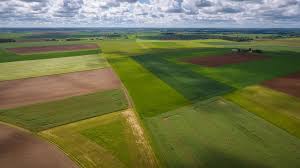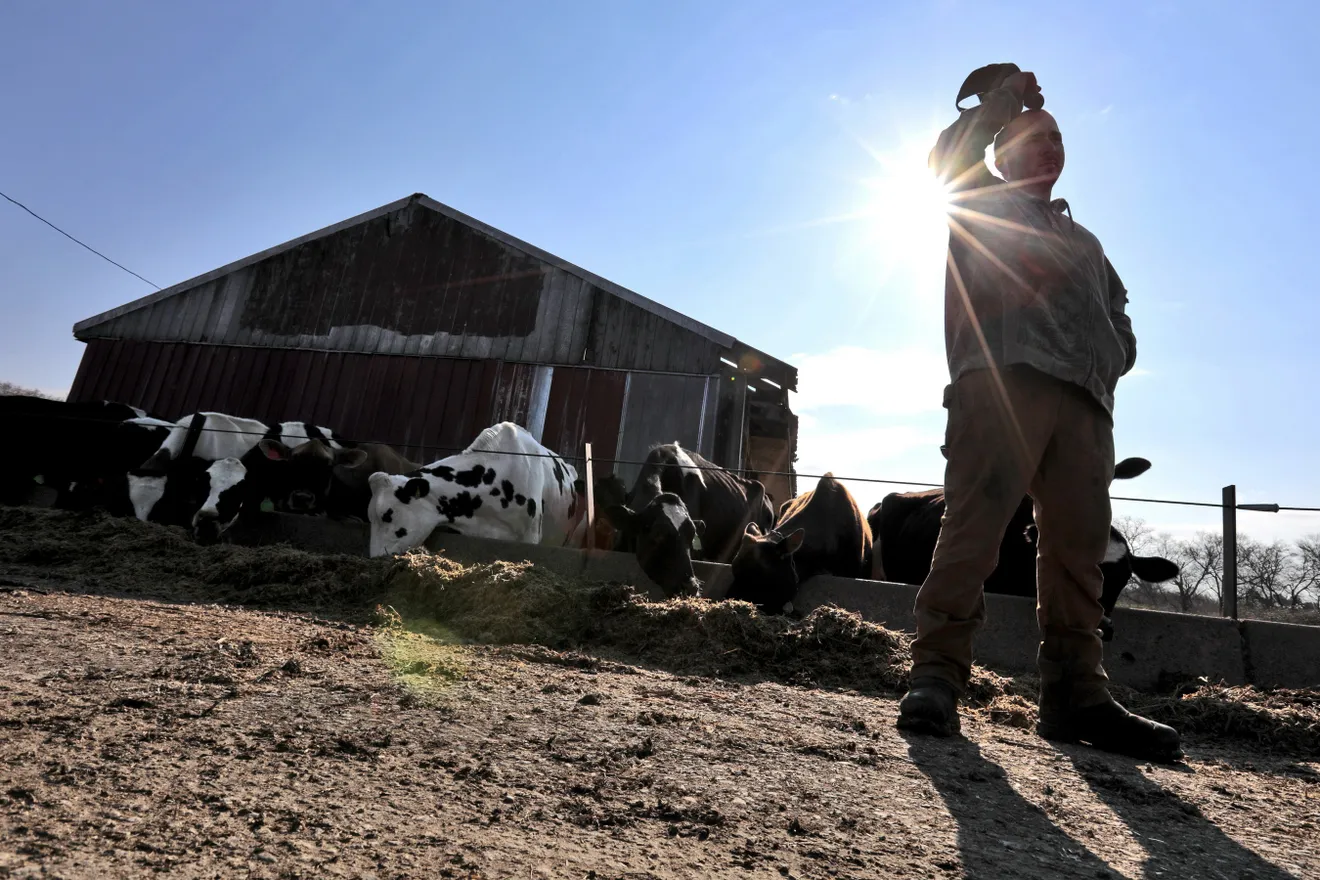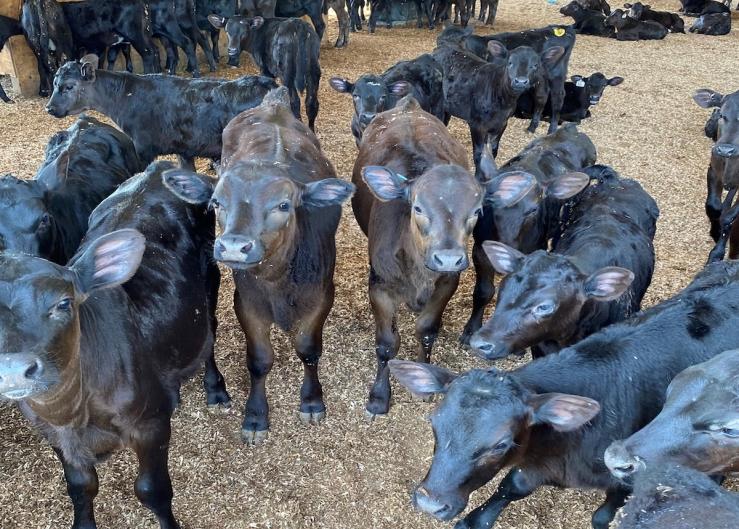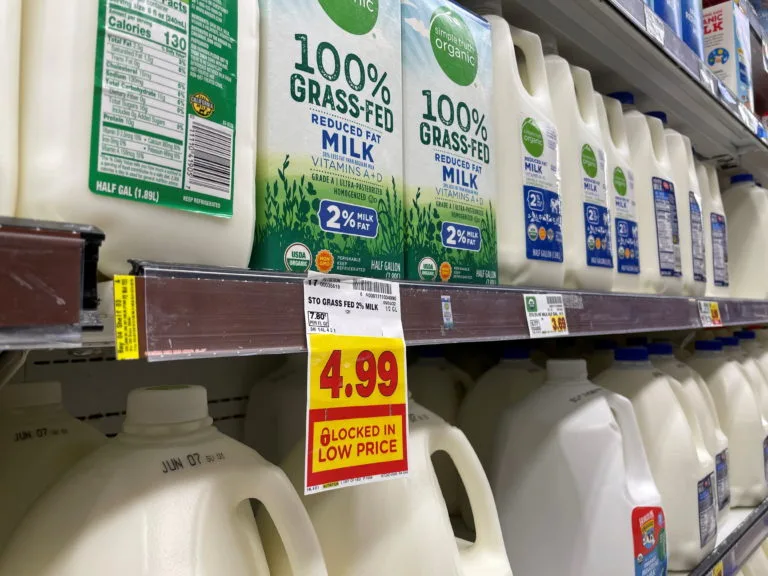Get the scoop on 2024’s record-high farmland values. How can dairy farmers manage these rising costs to ensure their farm’s future?
Summary: The 2024 USDA Land Values report indicates that farm real estate values have increased to $4,170 per acre, up 5% from last year. Florida experienced the most significant rise at 13.4%, while Wisconsin’s values remained unchanged. Since 2010, cropland and pastureland have surged by 106% and 73%, respectively, with notable increases in states like Tennessee, Ohio, Florida, and Virginia. Factors such as limited availability, high yields, and historically low interest rates have driven these increases, though stabilization is anticipated with rising interest rates and lower commodity prices. The most expensive farmland is found in the Northeast, with Rhode Island’s prices peaking at $22,000 per acre. This trend may encourage dairy producers to seek more affordable areas like Wisconsin.
- 2024 farm real estate values have risen to an average of $4,170 per acre, a 5% increase from the previous year.
- Florida experienced the highest year-over-year increase in land values at 13.4%.
- Wisconsin’s farm real estate values remained flat, showing no increase in the past year.
- Cropland values have increased by 106% since 2010, while pastureland values have increased by 73% in the same period.
- Key states with notable increases in land values include Tennessee, Ohio, Florida, and Virginia.
- Historically, low interest rates, high yields, and limited availability of land are primary factors driving up land values.
- The Northeast region has the most expensive farmland, with Rhode Island reaching $22,000 per acre.
- Stabilization in land values is expected due to rising interest rates and lower commodity prices.
- High land costs might prompt dairy farmers to explore more affordable land in states like Wisconsin.

Have you observed an increase in agricultural land values recently? In our comprehensive ‘Agricultural Industry Analysis ‘, we found that in 2024, agricultural real estate values increased to an average of $4,170 per acre, representing the fourth consecutive year of growth. This tendency is significant for dairy producers who depend mainly on land for grazing and feed production. Are you prepared for the rising costs? The USDA’s National Agricultural Statistics Service states, “Since 2010, the total farm real estate value has risen by a staggering 94%.” Understanding these record-high values is critical because they influence everything from your financial bottom line to strategic strategy. Stay knowledgeable and adaptive as you handle these economic upheavals.
In 2024, the average agricultural real estate value was $4,170 per acre, a 5% increase from the previous year. Cropland prices grew to $5,570 per acre, up $250, while pasture prices rose to $1,830 per acre, a $90 rise. Florida witnessed the most significant increase, up 13.4%, pushing average prices to $8,300 per acre. Tennessee and Virginia followed with advances of 10.7% and 10.4%, respectively. Surprisingly, no state saw a fall in land values, with Wisconsin’s prices remaining unchanged at $6,120 per acre. In the Northeast, Rhode Island had the highest cost per acre, at $22,000.
These changes have been fueled by housing scarcity and record-low mortgage rates.
| State | Average Farm Real Estate Value per Acre (2024) | Year-over-Year Increase (%) |
|---|---|---|
| Florida | $8,300 | 13.4% |
| Tennessee | $7,500 | 10.7% |
| Virginia | $6,900 | 10.4% |
| Wisconsin | $6,120 | 0% |
| California | $13,400 | 2.3% |
| Rhode Island | $22,000 | 6% |
A Tale of Two Lands: Cropland vs. Pastureland
The remarkable difference in cropland and pastureland value has risen over the last decade. Cropland prices have increased by 106% since 2010, owing to high demand and limited supply, whereas pastureland has risen by just 73%. This distinction emphasizes diverse market dynamics in the agriculture industry. In Florida, farmland expenses increased by 9.5% last year, while pastureland values increased by 12.7%, highlighting regional differences in land value increases.
High land prices in the Northeast may drive dairy producers to more economical places. Wisconsin, for example, has constant property prices of $6,120 per acre, making it appealing to stability seekers. Tennessee and Virginia, despite double-digit increases, are still doable at $4,750 and $5,800 per acre, respectively. With a 13.4% rise to $8,300 per acre, Florida’s favorable environment continues to attract farmers.
Rising farmland values in locations such as Ohio and Tennessee may cause dairy enterprises to relocate to areas with less expensive pasture land. Considering these variables, where will the next dairy farming boom occur? Are the dangers worth the possible benefits? This shift in the industry landscape could present new opportunities for growth and success.
Why Farmland Values Keep Surging: Scarcity, Technology, and Low Interest Rates
Several significant variables have influenced agricultural land prices during the last decade. One of the most crucial is the scarcity of quality farmland. As cities grow and land suited for agriculture becomes scarcer, the demand for existing farmland rises, boosting its value. This shortage has been especially severe in highly populated areas, where farmland is often transformed into residential or commercial space.
High yields have also helped to drive up the value of agricultural land. Thanks to advances in farming technology and better crop types, farmers can now produce more with the same amount of land. This results in better profitability per acre, placing such land in high demand. Modern agricultural land is very productive, inevitably increasing its market value.
Historically, low interest rates for most of the last decade have made borrowing more inexpensive, encouraging increased investment in agricultural land. With lower-interest loans, both incumbent farmers eager to expand and new entrants to the market have been able to acquire more land, driving up demand and prices. Despite recent interest rate rises, the general rising trend in land prices has continued. These forces have produced a powerful combination that has driven agricultural land prices to historic highs, creating difficulties and possibilities for existing landowners and investors.
The Calm After the Storm? Navigating the Shifting Landscape of Agricultural Land Values
Agricultural land prices have steadily increased owing to restricted availability, good returns, and historically low interest rates. However, recent events, such as rising interest rates and a drop in commodity prices, may indicate stable land values. Dairy producers are certainly wondering what this means for them.
As borrowing costs rise with increased interest rates, this often serves as a cooling mechanism for high asset values, primarily agricultural land. While land prices are unlikely to fall drastically, this trend may make property purchases more financially accessible than in previous years. This slowing of expansion may give a much-needed break for farmers aiming to expand or newcomers to farming.
Stabilization comes at a vital moment since commodity prices are also falling. This limits the earning potential of agricultural land, which may restrict the rise of land value. This translates to a more stable market environment for dairy producers, allowing for more significant financial planning and less competitive pressure on land acquisitions. Staying educated and informed about these changes may help you gain a competitive advantage as you navigate this ever-changing marketplace.
A Milking Dilemma: Navigating Rising Land Costs in the Dairy Industry
Like many others in the agriculture industry, dairy producers are suffering the effects of increased land prices. These expenses may substantially influence profitability, operational choices, and long-term planning initiatives.
Profitability Concerns: Higher land prices increase initial expenditures for dairy farming businesses. This may lead to higher debt burdens or financial distress, particularly for new entrants to the industry. Furthermore, rising land prices might cut into current farmers’ profits, making it challenging to continue viable operations. With milk prices often fluctuating, the tight financial rope grows thinner.
Operational Decisions: The rising value of agricultural land may compel dairy producers to reconsider their operating strategy. For example, they may need to optimize land usage more rigorously, maybe transitioning to more intense agricultural practices to maximize yield from fewer areas. Alternatively, some farmers may explore diversifying their revenue sources and introducing supplementary agricultural operations to help offset rising expenses.
Long-term Planning: When preparing for the future, high land prices substantially impede expansion. Increasing herd levels and updating infrastructure may be costly. Furthermore, succession planning, which is critical for family-run dairy farms, becomes more problematic. Passing down an increasingly valued asset may place further financial constraints on the following generation.
Dairy producers are stuck between increasing land values and fluctuating commodity prices. It’s a problematic climate that needs strategic changes to remain successful. Whether investing in technology to increase productivity or exploring alternative financing alternatives, dairy producers must seek inventive ways to manage these challenging times.
The Bottom Line
The growing trend in agricultural land prices shows no signs of stopping in 2024. The average agricultural real estate value is now $4,170 per acre, up 5% from last year and representing a 94% growth since 2010. Regional inequalities are apparent, with the Northeast and California having much greater land values than other states. Notably, Florida saw the most significant year-over-year gain, with a 13.4% increase in land value. This growing trend is driven by limited land supply, strong returns, and historically low loan rates. However, recent interest rate rises may indicate near-term stability. Think about how these events will affect your long-term plans and financial choices. With land prices so high, how will you adjust to the new agricultural landscape?















